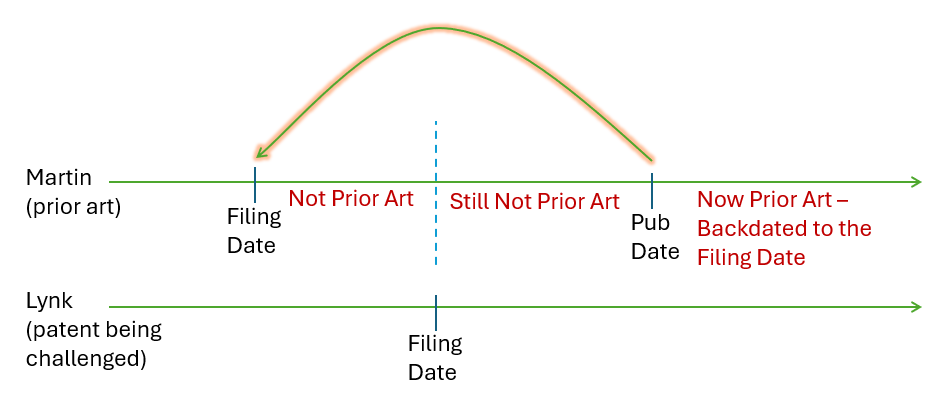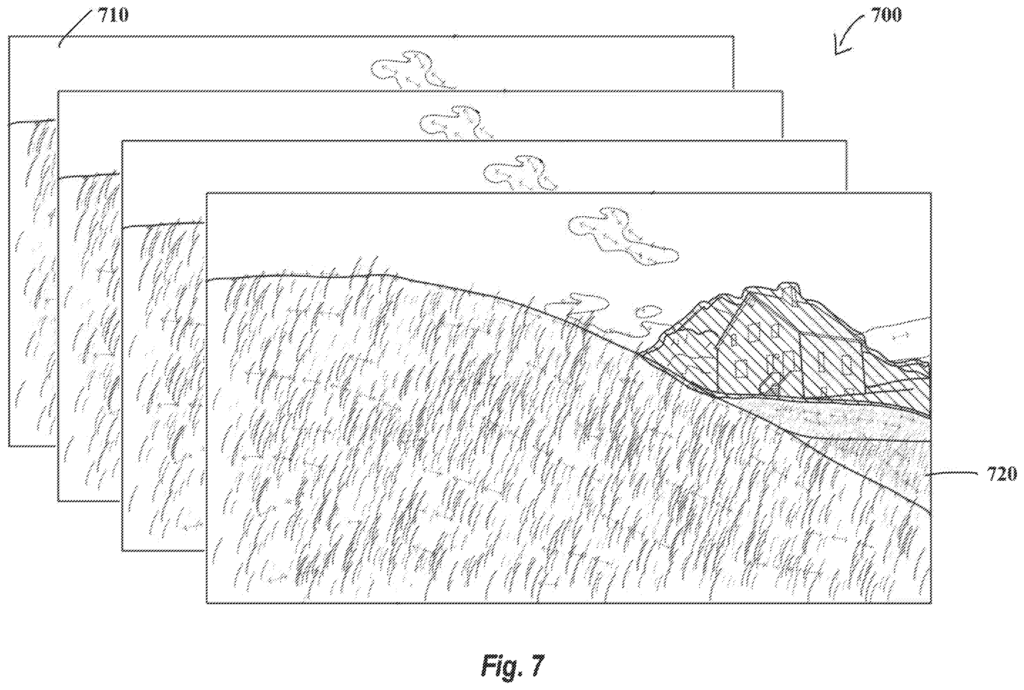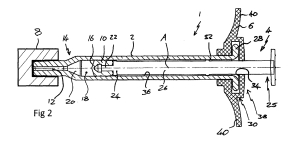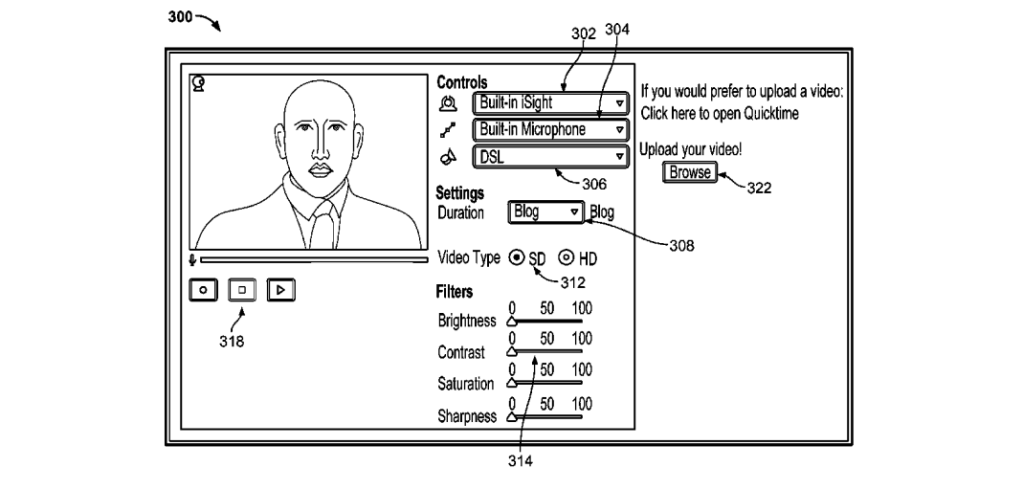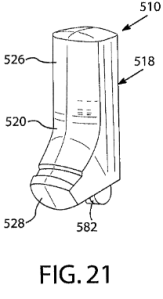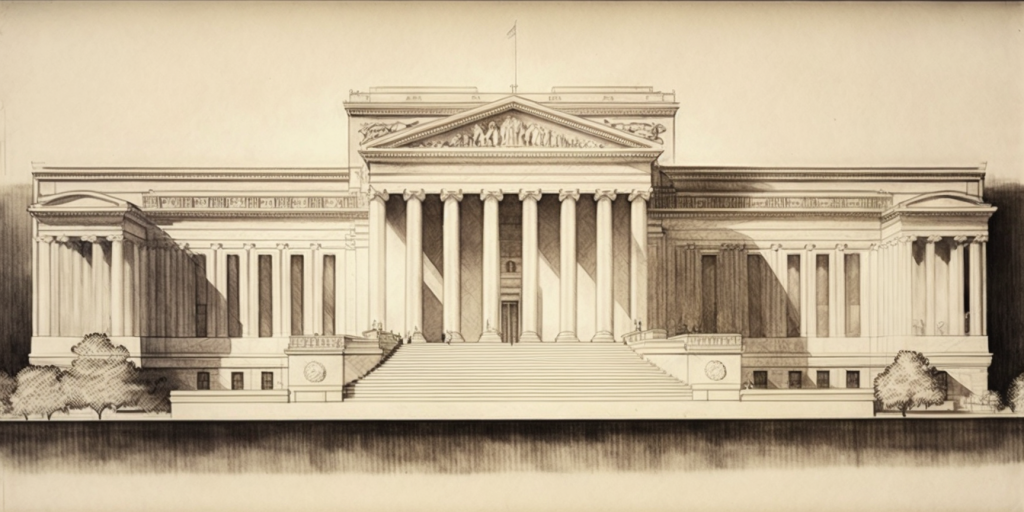by Dennis Crouch
In a significant ruling that breathes new life into false patent marking claims, the Federal Circuit has held that falsely advertising a product as "patented" can give rise to liability under the Lanham Act's prohibition on false advertising. In Crocs, Inc. v. Effervescent, Inc., the appellate panel reversed a Judge Brimmer (D.Colo) summary judgment ruling, thus allowing competitor Dawgs to pursue false advertising claims against Crocs for allegedly misrepresenting its "Croslite" material as patented and 'exclusive.' One advertisement read to the appellate panel stated: The reason the shoes are so comfortable is that they are made of a patented closed-cell resin. The resin has many positive aspects ..." But, the closed-cell resin was not patented and instead was commercially available for anyone to use.
This ruling opens up a new avenue for challenging false patent marking after the America Invents Act severely curtailed such claims under the Patent Act itself. The decision also clarifies the scope of false advertising claims under the Lanham Act in light of key Supreme Court and Federal Circuit precedents such as Dastar and Baden Sports.
Professor Rebecca Tushnet is a leading commentator on Dastar and its progeny. In an earlier post, she also argued that the district court decision was "wrong" for much the same reason expressed by the appellate panel:
The patented/proprietary/exclusive language here is not the same as claiming authorship; it’s claiming uniqueness as a reason for consumers to believe that Crocs possess superior product characteristics to those of competitors’ products. To the extent that the claims lead consumers to believe that Crocs are “made of a material ‘different than any other footwear,’” a difference made credible to consumers by reference to patents and/or proprietary knowledge, that is a claim about the physical nature of specific product components, not about authorship. When the Supreme Court left 43(a)(1)(B) claims open in Dastar, this is the kind of thing that fits well.
Tushnet (September 2021). See also, my prior discussion of the case that includes links to the briefs.
To continue reading, become a Patently-O member. Already a member? Simply log in to access the full post.
